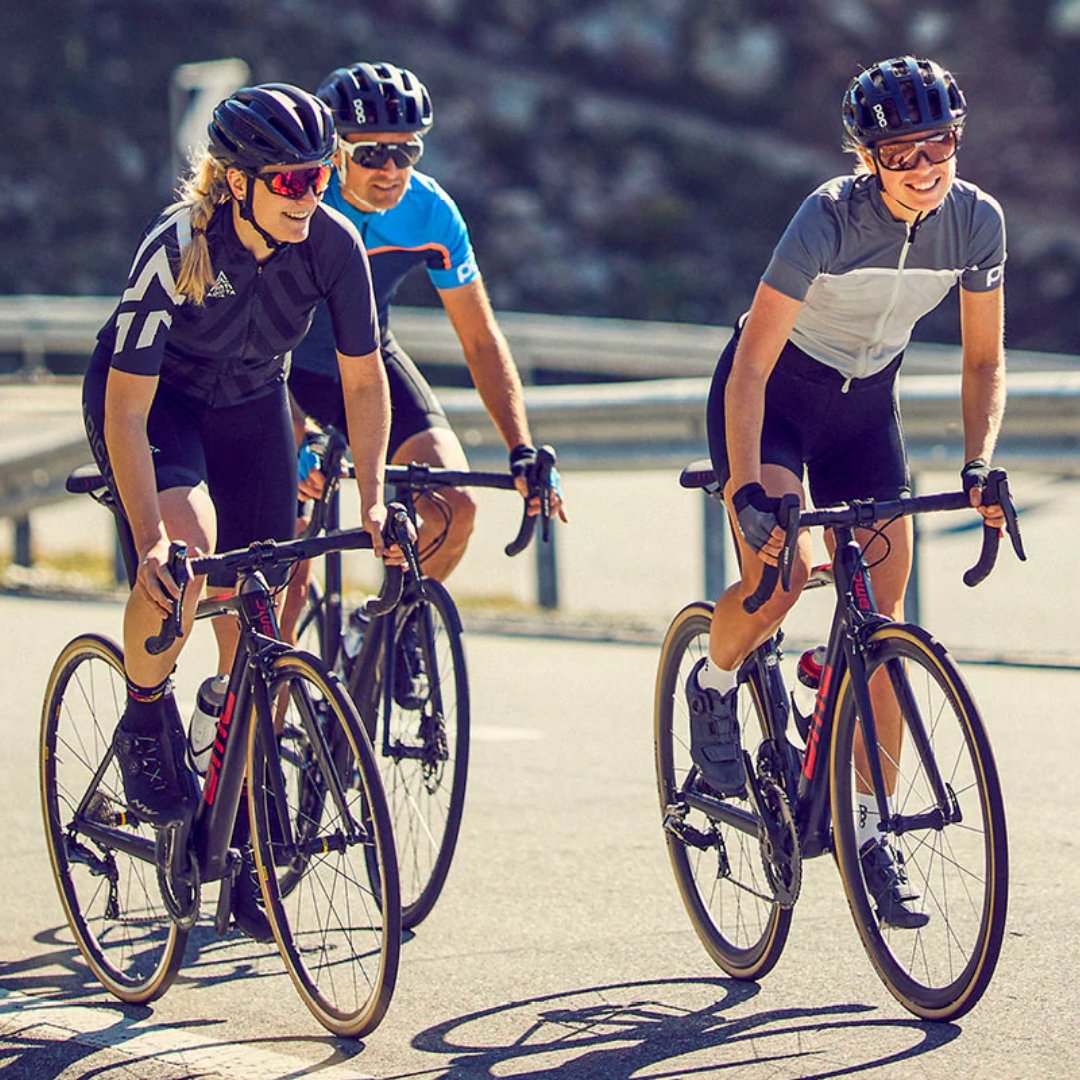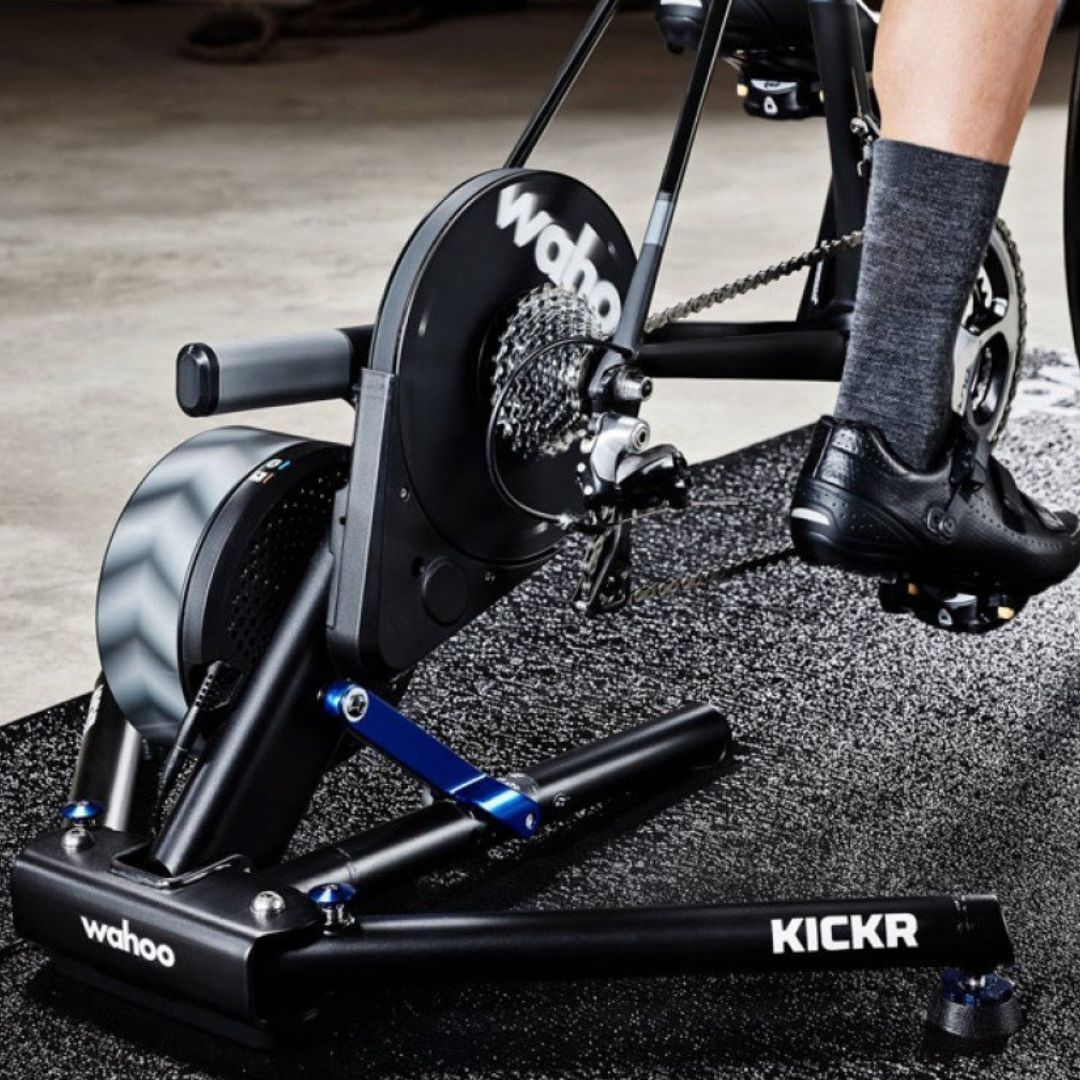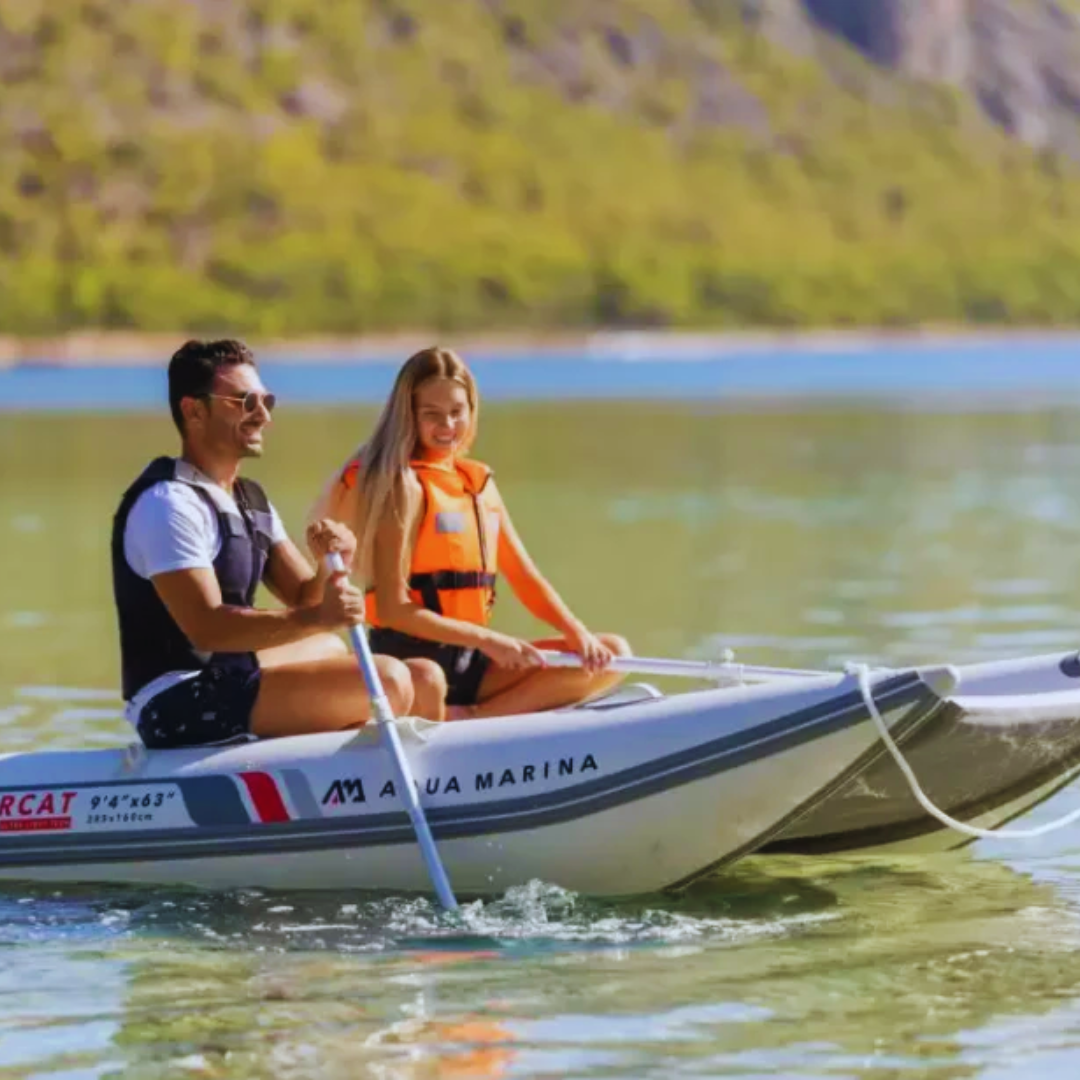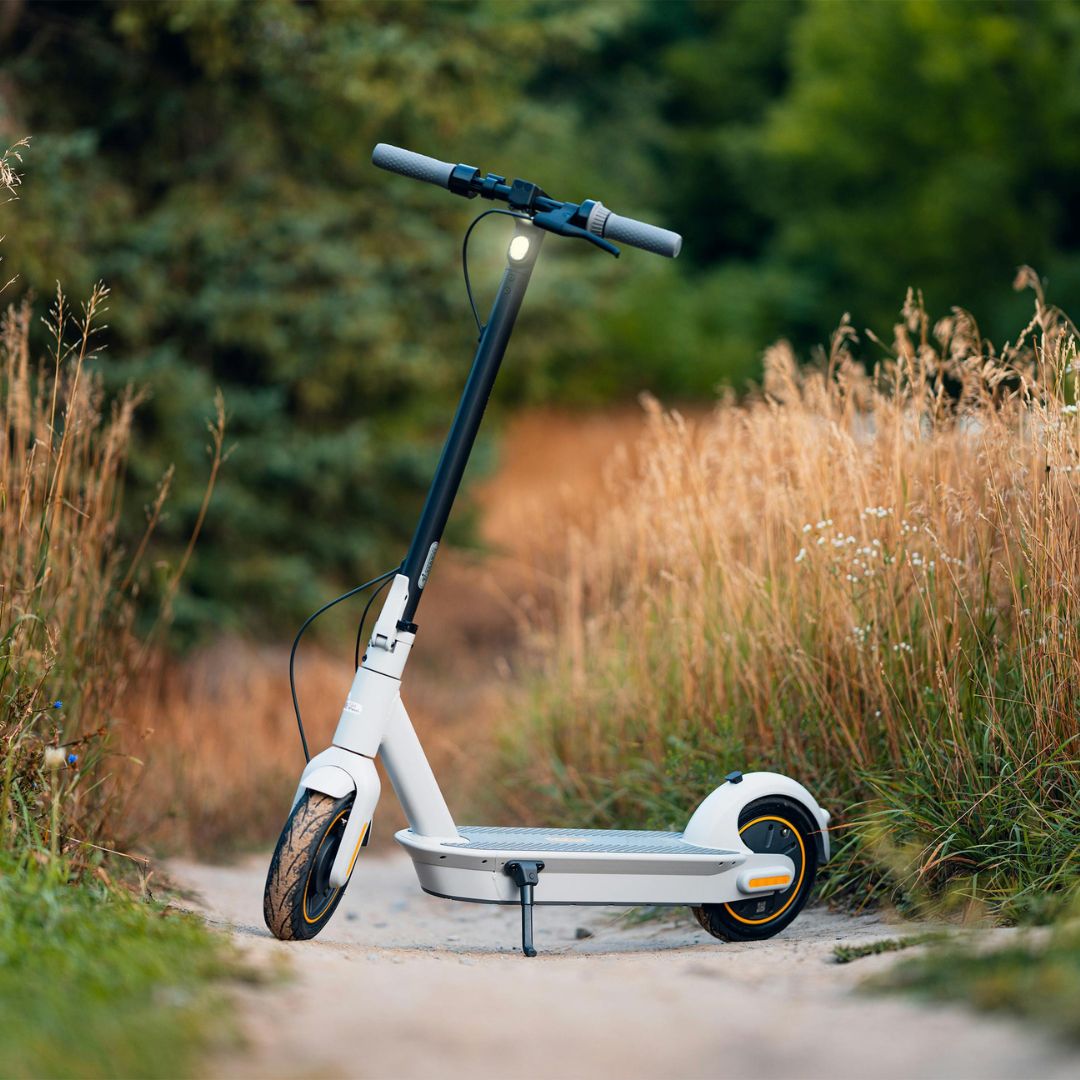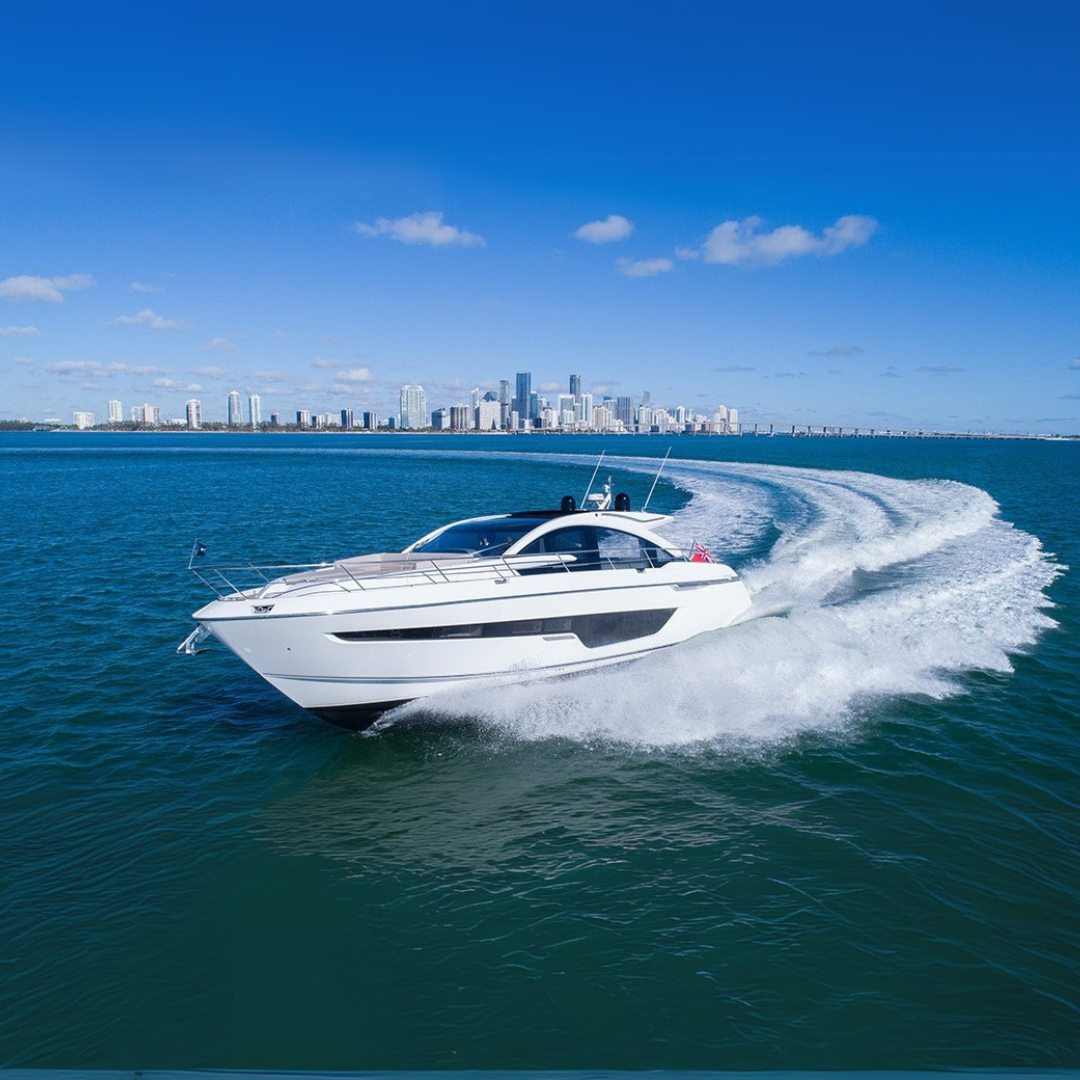How to Choose a Paddle Board as a Beginner
Embarking on your paddle boarding journey is an exciting venture into the world of water sports. Whether you're looking for a new way to enjoy the outdoors, get a full-body workout, or simply relax on the water, paddle boarding offers a versatile and enjoyable experience. However, as a beginner, selecting the right paddle board can be overwhelming due to the variety of options available. Here’s a comprehensive guide to help you make an informed decision.

1. Determine Your Paddle Boarding Goals
Before you start shopping, consider what you plan to do with your paddle board. Your goals will significantly influence the type of board that’s best for you. Common activities include:
- Recreational paddling: Ideal for casual outings on calm waters such as lakes, bays, and slow-moving rivers.
- Touring: For longer distances and exploring new areas, usually on more stable, efficient boards.
- Yoga: Requires a stable and comfortable board to practice yoga poses on the water.
- Surfing: Designed for catching waves and more maneuverable than other types.
- Racing: Built for speed and typically longer and narrower.

2. Choose the Right Type of Paddle Board
Paddle boards come in different shapes and designs, each suited to specific activities. Here are the main types:
- All-Around Boards: Versatile and great for beginners. They perform well in various conditions and are suitable for recreational paddling, small waves, and even yoga.
- Touring Boards: Longer and designed for long-distance paddling. They offer good glide and efficiency, making them suitable for exploring and covering more water.
- Surfing Boards: Shorter and more maneuverable, perfect for riding waves. However, they may be less stable for flatwater paddling.
- Yoga Boards: Wide and stable with a comfortable deck pad to facilitate yoga poses.
- Racing Boards: Long, narrow, and designed for speed. These are not typically recommended for beginners due to their instability.

3. Consider the Board Size
The size of your paddle board affects its stability and performance. Key factors to consider include:
- Length: Longer boards (10’6” and above) are faster and track straighter, ideal for touring and racing. Shorter boards (under 10’) are more maneuverable, suitable for surfing.
- Width: Wider boards (over 31”) offer more stability, making them great for beginners, yoga, and recreational paddling. Narrower boards are faster but less stable.
- Thickness: Thicker boards provide more volume and buoyancy, supporting heavier paddlers and extra gear. They also tend to be stiffer and more stable.

4. Decide Between Inflatable and Solid Boards
Both inflatable and solid paddle boards have their advantages and considerations:
- Inflatable Boards: Portable, easy to store, and durable. They are great for travelers and those with limited storage space. Modern inflatables offer excellent performance and stability.
- Solid Boards: Typically offer better performance, with a more responsive feel. They can be faster and more efficient, but they require more storage space and care during transport.

5. Check the Weight Capacity
Ensure the paddle board can support your weight, including any gear you might carry. Each board has a recommended weight capacity, and it’s crucial to stay within this limit to maintain stability and performance.
6. Test Before You Buy
If possible, try out different boards before making a purchase. Many retailers offer demo days or rental options, allowing you to get a feel for various types and sizes. Testing a board in real conditions can provide valuable insights into its stability, comfort, and performance.
7. Budget Considerations
Paddle boards come in a range of prices. As a beginner, you might not need the most expensive board on the market. Look for reputable brands and quality construction within your budget. Sometimes, package deals include essential accessories like paddles, leashes, and pumps, offering better value.
8. Seek Expert Advice
Don’t hesitate to ask for recommendations from experienced paddle boarders or professionals at your local paddle shop. They can offer insights based on your specific needs and local conditions.
Conclusion
Choosing the right paddle board as a beginner is about matching your goals and preferences with the right type of board. Consider your intended activities, the board’s size and shape, and whether an inflatable or solid board suits your lifestyle. With a bit of research and possibly some hands-on testing, you'll find the perfect board to start your paddle boarding adventures. Happy paddling!


